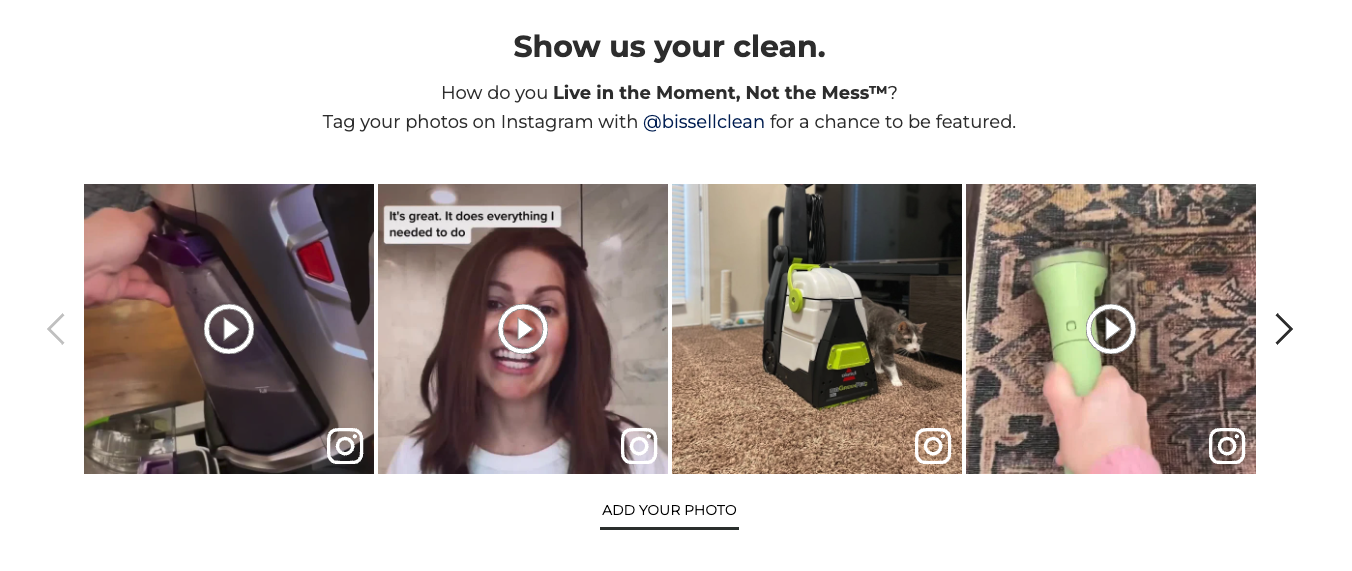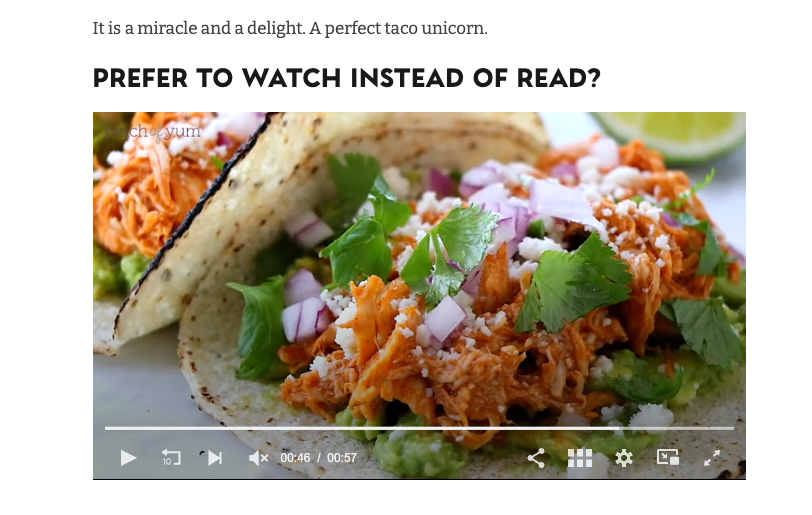The New E in Google E-E-A-T: What Experience Means & How to Show It

Almost a whole year ago, Google made changes to its Quality Rater Guidelines (QRG) for search. The most prominent adjustment was the introduction of a second letter, “E,” to their infamous E-E-A-T (previously E-A-T) framework — experience!
Over these 300-and-something days, I’ve been researching and experimenting with various practical implications to include the “experience” factor in on-site content strategy. So, if you’re looking for some tips on how to get started or what to try next, I’ve got you.
Context First: What Is E-E-A-T?
Let’s first recap all we know about what E-E-A-T (previously E-E-A-T) means. The acronym stands for:
- Experience (new — keep reading!)
- Expertise: “The extent to which the content creator has the necessary knowledge or skill for the topic.”
- Authoritativeness: “The extent to which the content creator or the website is known as a go-to source for the topic.”
- Trustworthiness: “The extent to which raters determine the page’s accuracy, honesty, safety, and reliability.”
Important Note:
E-E-A-T is not a direct ranking factor. It’s a part of Google’s Search Quality Evaluator Guidelines that assist its employees (Quality Raters) in determining if search engine results are returning high-quality, relevant information to users. So while implementing E-E-A-T principles in your content won’t guarantee a Position 1 ranking, it will definitely boost your confidence that you’re meeting Google’s recommendations for content quality.
Understanding the New "E": Experience
When we talk about experience in the context of E-A-T, what we’re really referring to is first-hand experience. That is, Google wants to see that the content creator has firsthand experience with the topic they're writing about.
For example, if you're creating content about a medical condition, Google wants to see that you have firsthand experience in treating (or having) that medical condition. This signals that you’re meeting their QRGs for content quality and relevance, which may (nothing is guaranteed!) help your content rank higher on SERPs.
Don’t be misled into thinking that experience is just for academic content like medical or scientific topics. Suppose your website is about cooking recipes. In that case, Google wants to see that you, the creator of the content, have firsthand experience in cooking the dish they're writing about.
Haven’t you ever been annoyed while trying to find a recipe online and having to scroll through multiple paragraphs of backstory before getting to the actual ingredient list? You can thank Google for that. But hey, at least you can be sure your blackberry crumble recipe isn’t just from some schmuck.
3 Practical Ways to Implement "Experience" On Your Site
So, how can you show that you have the necessary experience on your website? Here are three of the most effective strategies I’ve tried.
1. Include Author/Creator Bios
By attaching detailed author bios to your content pieces, you’ll give users an opportunity to learn about who’s writing and what their first-hand experience is with the subject. I like including a name, title, photo, and 3-4 sentence bio highlighting relevant information.
This is also a great place to incorporate some fun company branding if you’re into that. Add a quirky photo instead of a professional one, or include a fun fact about the content creator that lets their personality shine through.

Photo courtesy of Search Engine Journal
2. Highlight Detailed Reviews & Testimonials
Showcase reviews and testimonials on your site, but make sure they actually provide useful information. This strategy starts all the way back when you first ask a customer for a review. Kindly request they be as detailed as possible.
Think about it: are you more likely to purchase something with a review that simply says “good product” or something with a detailed review complimenting specific product features and functionalities?

Photo courtesy of Bissell
3. Jumpstart Your Video Strategy
Remember the “show, don’t tell” concept you learned in elementary school? Use it! By making videos of yourself explaining a product feature, sharing industry knowledge, or putting your skills to practice, you’re literally showing your audience you have first-hand experience with the topic.
If you've been struggling to get started with your video strategy due to a lack of resources, don't worry about making this a full-scale production. Even something as simple as an iPhone-captured or screen-captured video can go a long way.

Photo courtesy of Pinch of Yum
Looking for More SEO Tips & Tricks? Let's Talk
Let’s face it — Google’s a beast. If you need help keeping track of Google’s algorithm updates and figuring out what the heck to do with them, I’m happy to help. It’s a space where I and the rest of the Evenbound team like to nerd out, so bring your questions and trust us to find solutions.
Contact us online to get the conversation started.


